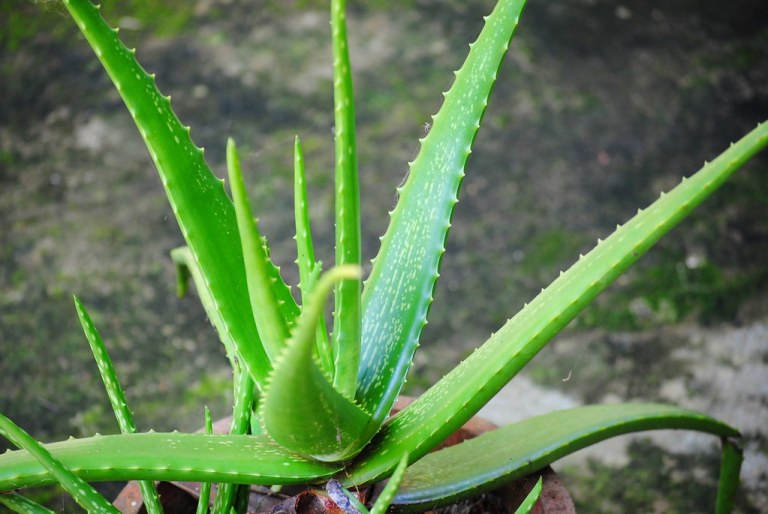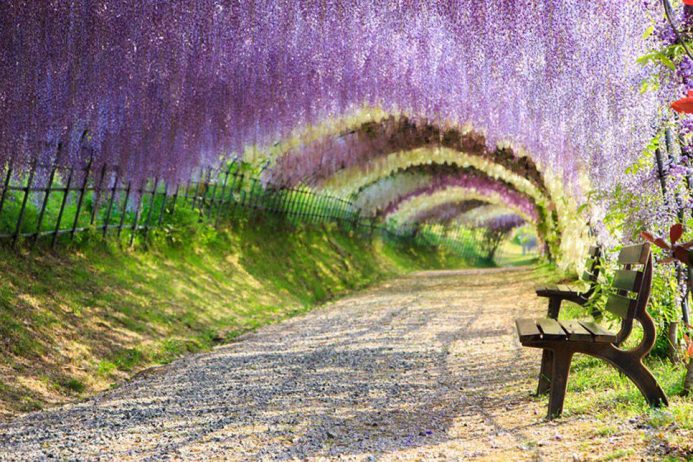Powerful Benefits of Aloe Vera for Skin
An aloe vera plant should be placed on the windowsill of every kitchen. The use of aloe vera for medicinal purposes dates back thousands of years. Sunburns, minor wounds, and other skin problems can be treated with the clear gel inside aloe vera leaves. Because it’s rich in anti-inflammatory substances, it has been used for hemorrhoids and insect bites. It also forms a cool, soothing coating over itchy, irritated skin.
What can Aloe Vera do for you?
-
Acne • Age Spots • Razor Burn Athlete’s Foot • Blisters • Wrinkles • Dry Hair • Dry Skin • Heat Rash • Psoriasis • Athlete’s Foot • Sunburn • Shingles • Warts • Canker Sores
Plant enthusiasts swear that the gel or juice that contains a high concentration of aloe vera can be taken internally as a treatment for arthritis, diabetes, ulcers, and serious infections such as HIV, the virus that causes AIDS.
You have to take these claims with a grain of salt. Researchers are studying internal uses for aloe vera, but nothing is conclusive yet. One thing is certain: Aloe vera is one of the best skin remedies you’ll ever use.

Aloe Vera for Skin
Aloe vera is a plant that has been used for centuries to help with skin problems. It is also known as the “plant of immortality” and has been used in many cultures to heal wounds, burns, sunburns, and other skin conditions.
The main active ingredient in aloe vera is called aloin, which helps speed up the healing process by promoting cell growth. Aloe vera was widely used for over 2,000 years, when it was first documented by the ancient Egyptians. Aloe vera is a plant that is well known for its healing properties.
Some people are allergic to aloe vera, but it does not happen very often. If you are allergic to aloe vera, then you should avoid using it on your skin, or at least use a small amount first to make sure that you do not have any adverse reactions.
The gel from Aloe Vera plants is often found in beauty products such as moisturizers, soaps, and shampoos because of their ability to moisturize and protect skin from environmental factors. Aloe vera has many benefits for the skin.
It can reduce inflammation, soothe irritated skin, and protect the skin from sun damage. Aloe vera also helps with acne because it reduces oil production on the skin by removing dead cells from the surface of the pores.
What Makes Aloe Vera Such a Powerful Skin Healer?
Aloe vera’s active components have been identified, but scientists aren’t yet sure how they work. It contains gummy substances, which are nature’s emollients that soothe the skin. Bradykininase, which acts as a topical painkiller, is one of its anti-inflammatory compounds.
By dilating blood vessels and increasing blood flow to injured areas, magnesium lactate in aloe vera soothes itching and promotes healing. A variety of skin conditions can be treated with aloe vera, including:
-
Minor burns: By applying aloe vera gel to the affected area, you can reduce pain, moisturize your skin, and keep germs at bay. Sunburns can also be soothed with it. You can take a soothing bath in lukewarm water with a cup or two of aloe vera juice to relieve the pain of all-over sunburn.
-
Cuts and scrapes: The gel of aloe vera forms a natural bandage over the skin that speeds up the repair process. Although it works well for minor wounds, it is not suitable for more serious ones. Such wounds took longer to heal with gel, according to researchers at a Los Angeles hospital.
-
Psoriasis: Using the gel will relieve inflammation and soften the skin scales that are characteristic of this chronic skin condition. Aloe vera extracts significantly reduced skin clearing in a four-week study compared to an inactive cream that only reduced it by 6 percent.
-
Acne: A painful outbreak can be relieved by applying aloe vera. Using aloe vera to treat skin sores resulted in a 90% healing rate within five days, nearly twice the success rate obtained from standard medical creams.
-
Shingles: A topical application of aloe vera can speed up the healing process of herpes sores. Antiviral properties appear to be present in the gel. It also dilates tiny blood vessels known as capillaries, which allows more blood to reach the wound, speeding up the healing process.
The gel or juice of aloe vera is beneficial for minor skin ailments, but what about internally ingesting it? Some intriguing possibilities are being explored, but nothing is certain.
Other Benefits
Though aloe vera has numerous benefits for skin, its juice may be useful in treating diabetes, according to a scientific study that found volunteers taking it twice daily for 42 days had significant reductions in blood sugar.
Japanese researchers report that aloe vera’s active ingredients inhibit stomach secretions and ulcers, confirming the plant’s reputation as a remedy for ulcers. Several active chemicals in aloe vera are capable of inhibiting or destroying Helicobacter pylori, the most common cause of stomach ulcers.
The aloe vera outer skin contains a chemical compound called acemannan, which can be used to treat viruses. Researchers began investigating the possibility of acemannan causing a significant reduction in AIDS symptoms after preliminary clinical studies.
Nevertheless, further research is needed before they can conclude whether it prevents some immune system declines.

Aloe Vera is Too Strong to be Comfortable
The laxative properties of aloe vera are very strong—to the point of being too strong. A stimulant laxative is classified as aloe latex, which is extracted from the rind of the leaf. The substance stimulates intestinal contractions, which are responsible for promoting bowel movements. Doctors rarely recommend it, like other stimulant laxatives. There is the potential for severe cramping and diarrhea, along with fluid loss and decreased electrolytes, minerals that are crucial for the body’s function.
Aloe Vera: How to Use It
Although aloe vera products are available in supermarkets and pharmacies, it’s not entirely clear whether products containing “stabilized” aloe vera have the same benefits as a natural gel. Be sure to check the ingredient list of prepared creams and lotions for aloe vera.
If you intend to consume aloe vera juice internally, make sure that it contains at least 98% of the plant. You can’t substitute aloe vera for the real thing if you want to reap its full benefits. Plants can be grown without difficulty.
Aloe vera can cope with shade and poor soil, even if you have a brown thumb. Clean the affected area thoroughly with soap and water to soothe sunburns, cuts, and minor burns. Once the leaf has been cut into several inches, split it lengthways and squeeze out the gel. Repeat the treatment two or three times a day on the injured area with a generous coating.







